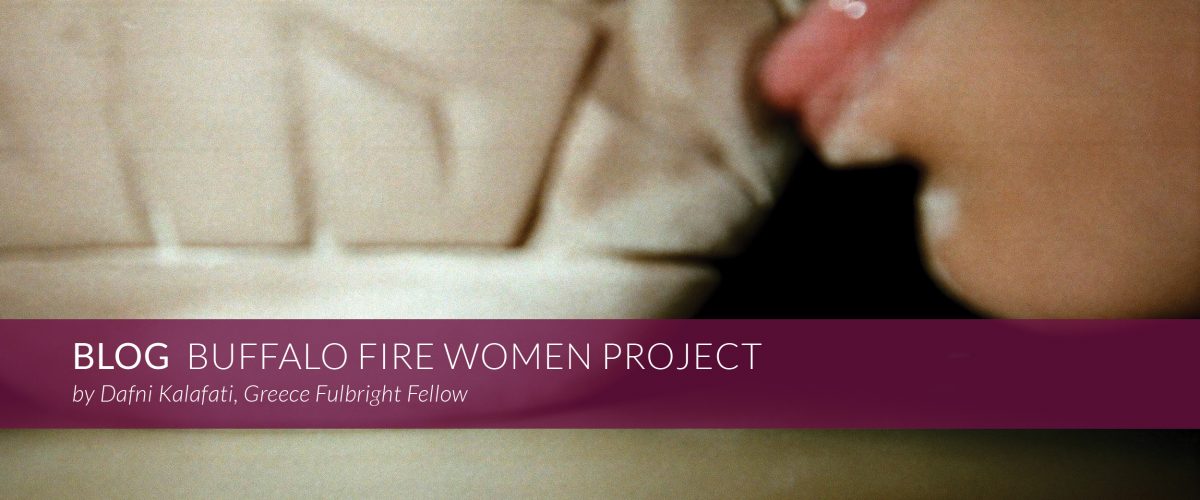
“Grandma’s Pottery,” photo taken and titled by Tasha Nelson, Santa Clara Pueblo
In March 2017, I received a letter from the Fulbright Foundation in Greece, asking me to sign a “Grant Agreement.” I had to read it twice or more to realize what it meant, and even then I still could not believe it was true! I was selected as the first Greece Fulbright Fellow to be an artist in residence at the Santa Fe Art Institute (SFAI). Together with excitement and enthusiasm, in the days and weeks that followed I was introduced to the many responsibilities such an award entails. I had to meet the American Ambassador in Athens, attend a series of orientation lectures, and actively participate in the global Fulbright community. What, at first, I thought to be “just another grant,” in the end, was the starting point of a life-changing journey.
I began my four-month fellowship at SFAI in January 2018. The Equal Justice thematic residency was underway, and I found myself surrounded by a vibrant community of visual artists, musicians, writers, designers, and curators. People coming from all over the world with a common goal: to create work inspired by and that addresses issues related to Equal Justice. My background in photography, education, and art therapy particularly my ongoing work with Amaka, a non-profit organization in Greece–inspired me to collaborate with the indigenous women of the New Mexico Pueblos in a participatory photography project. It took some time for the ideas and structure of the project to emerge. I conducted background research, took long walks all over northern New Mexico, visited many of the Pueblos, and had lengthy and deeply personal conversations with different women living in the various Pueblos before the “Buffalo Fire Woman Project” (BFW) came to be.
Still underway, the BFW project is a polyphonic journey of self-exploration through the creative lens that challenges discrimination against Pueblo women and advocates for gender equality. Using the visual language of photography as their platform of communication, the women of the BFW project produced compelling images that have become tools for deeper engagement with one another and across the Pueblos. I hope the project will help to ultimately promote greater understanding of and advocacy for women’s rights in each of their personal lives and more broadly in their Pueblos.
My goal for the project was to collaborate with one woman from each of the 19 Pueblos in northern New Mexico. While in residence at SFAI, I managed to collaborate with 10 women from 9 pueblos: Norma Naranjo from Ohkay Owingeh and founder of the “Feasting Place,” which offers immersions into native culture through cooking lessons; Tasha Nelson from Santa Clara Pueblo (Kha’p”oo Owinge) and a student of art therapy and counseling at the Southwestern College in Santa Fe; Jennifer Marley from San Ildefonso Pueblo (Poh-Woh-Geh-Owingeh), a dedicated political activist and one of the founding members of Red Nation; Rachael Lorenzo and Nicole Martin, from Laguna Pueblo (Ka’waika), founding members of Indigenous Women Rising, a nonprofit that advocates for reproductive justice and native women’s rights; Tracey Charlie from Acoma Pueblo (Haa’ku) and Director of the Acoma Learning Center; Mallery Quetawki, a visual artist and scientist from Zuni Pueblo; Monica Lovato from San Felipe Pueblo (Katishtya), a student of engineering and member of the Silva family, known for its long tradition in the art of pottery; Ana X from Santo Domingo (Kewa) Pueblo, currently working as a school bus driver; and Rita Jojola from Santo Domingo (Kewa) Pueblo and director of the pueblo’s elder center. Each of these women are strong and grounded with deep connections to the land and their ancestors. I came up with the name of the project inspired by the connection these women hold in my mind with the Buffalo Dancers.
Only a few women are selected by the community to perform this dance, which is one of the most important ceremonial dances of the Pueblo peoples. While the majority of Buffalo Dancers are men, two or three women are selected every year to dance along with them. And so, for these women, being chosen to perform in the Buffalo Dance is a great personal honor and a point of pride for the family of the dancer. With a similar sense of pride and ambition, participants in the BFW project chose to collaborate with me in order to advocate for Pueblo women’s rights and elevate all Pueblo women to respected members of their communities.
I spent time with each participant of the BFW project to teach them the basics of photography, and provide them with disposable film cameras. In generating their own photographic work, these women have been empowered to share their lived experiences with each other and present them to the world on their own terms. Moving beyond stereotypes, the project is intended to convey a fuller picture of the issues, challenges, opportunities, and aspirations of what it means to be a Pueblo woman today.
The women of the BFW project told me that their ancestors emerged deep from the earth; this is why they believe that they are “of this place.” “This place” is not defined according to modern mapping standards. “This place” is where we all come from. Looking through the pictures they have been taking with their disposable cameras, I trace this connection with the land and the feminine. Tasha Nelson asked me “Did you ever lick your grandma’s pottery?” While I was struggling to understand her question, she went on to explain that one of the most favorite games of the Pueblo children is to go in the backyard where their grandmother sets her newly made pottery pieces to dry, and then lick them, leaving the marks of their tongues in these vessels made from the earth. This story helped me realize that only by a continued, sacred connection with the land and each other, imbued and intensified through their dances and pottery what in many ways is considered “art” will the people of “this place” have the chance to heal and for Equal Justice to be achieved.
Through my years of facilitating participatory photography and video projects with refugee communities, sex workers, and other marginalized and/or oppressed groups, I have found that solutions to difficult social issues often lie within the communities themselves. Photography is a powerful tool for underutilized community assets to share their stories more broadly and with greater impact. By collaborating with me, I hope the BFW women have gained new tools and opportunities to create knowledge and understanding around Pueblo women’s rights.
What gave the BFW project an extra special meaning for me was the personal dialogue, woman to woman. What each of us realized while sharing stories with one another is that though our experiences may have been different, gender injustice knows no borders. But I also realized that the term Equal Justice has a unique meaning in New Mexico, much different than in Greece. Most Greeks never question our origins even with regional differences, we still largely consider ourselves one nation. But in New Mexico, when I found myself among Hispanos, Chicanos, Indigenous peoples, Anglos and every variation in between, I woke up to a different reality. If it weren’t for the Fulbright Fellowship residency at SFAI, my recognition of a multicultural reality within the American identity would not have been possible.
I plan to return to New Mexico to connect with women from the other 10 Pueblos to complete what I started during my residency at SFAI. When the photography portion of the BFW project is complete, I will organize not only an exhibit in Santa Fe that includes the work of all the women, but also a meeting of the 19 artists who participated. In the meantime, I am creating a website wherein each of the BFW participants is deciding how she would like to present her story along with her artwork. After launching in the US, the exhibition will travel to Greece, to raise awareness about women’s rights at an international level and specifically to open a discussion around Native American issues with the Greek public.
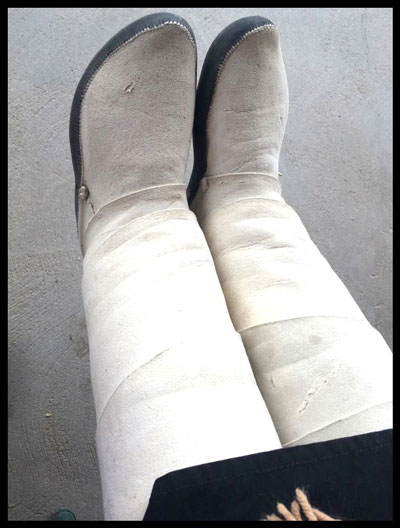
Photos from top to bottom:
Pantέ (Horno in Tewa Language), photo by Norma Naranjo, Ohkay Owingeh Pueblo (BFW participant)
El Rio Grande—the North Road photo by Dafni Kalafati (author)
Permanence photo by Tasha Nelson, Santa Clara Pueblo (BFW participant)
Untitled photo by Jennifer Marley, San Ildefonso Pueblo (BFW participant)
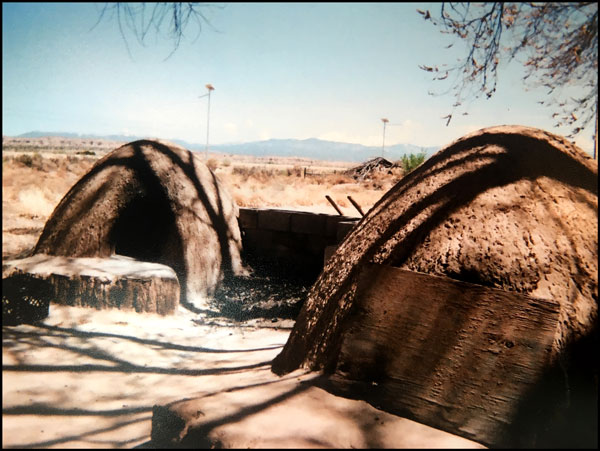
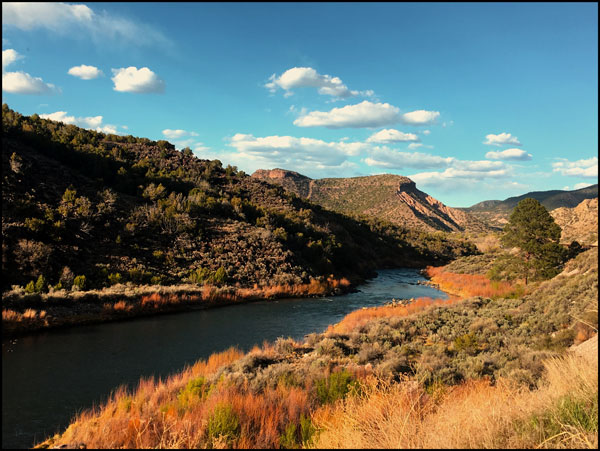
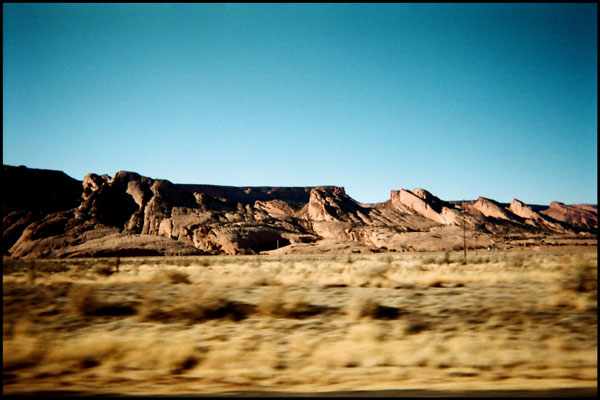

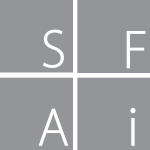 © Santa Fe Art Institute / Santa Fe, New Mexico /
© Santa Fe Art Institute / Santa Fe, New Mexico /